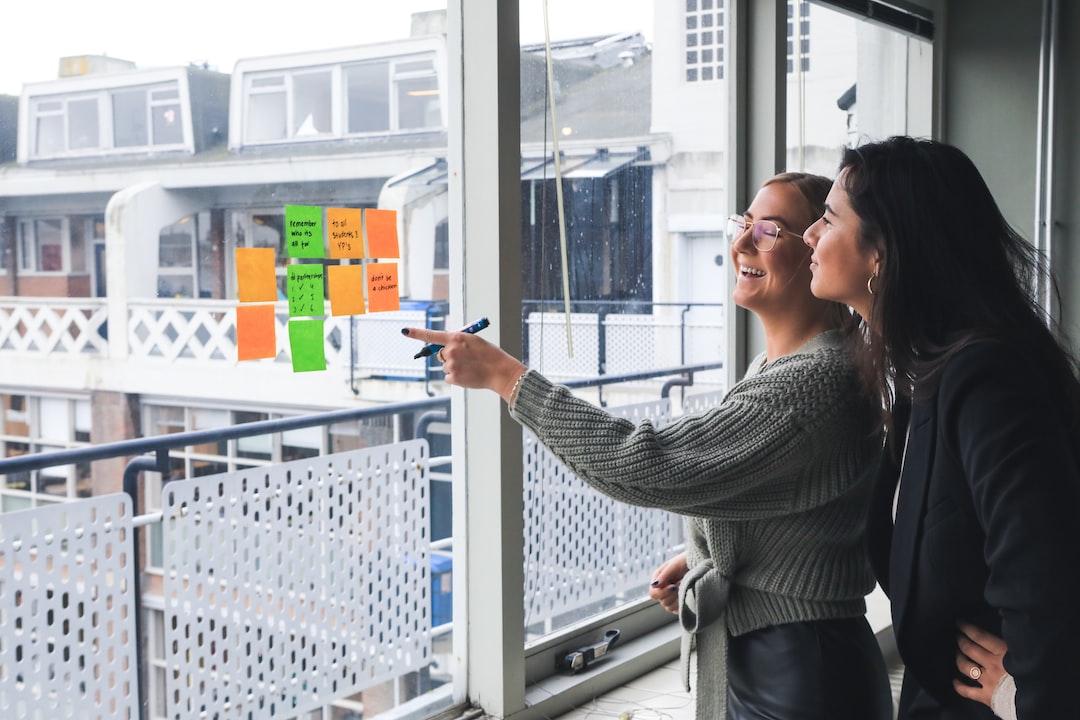Creativity is a crucial element in problem-solving at work, where individuals are constantly faced with challenges and hurdles that need to be overcome. It enables employees to think outside the box and come up with innovative solutions to complex problems. Creativity in problem-solving involves combining different ideas and approaches in a non-traditional way to generate effective solutions. In this article, we will discuss the importance of creativity in problem-solving at work.
One of the significant advantages of creativity in problem-solving is generating new ideas. Innovation is critical in the business world as it is the key to survival and growth. By incorporating creativity in problem-solving, employees can generate fresh ideas that can be used to develop products, improve service delivery or streamline processes, thereby enhancing revenue and reducing costs.
Additionally, employees who are creative in problem-solving are more likely to develop diverse solutions that cater to a broader audience. In the current dynamic business environment, one solution cannot be ideal for every single individual or company. As such, those who can think creatively tend to produce multiple solutions that can be tailored to different customers and scenarios.
Moreover, problem-solving with creativity encourages employees to take risks and try out new approaches. Often, employees are afraid of proposing unconventional solutions because they fear they may not work. However, when businesses embrace creativity in problem-solving, employees are more likely to feel comfortable suggesting and experimenting with unconventional ideas since the company recognizes and rewards creativity.
Creativity in problem-solving also nurtures a collaborative environment. Companies that embrace creativity cultivate a culture of innovation, which encourages innovation in teams. A creative ecosystem is an environment where employees can share their ideas without fear of rejection, where every voice can be heard, and where diversity and inclusivity are embraced.
Furthermore, employess who are creative in problem-solving are more efficient in their job functions since they are equipped to identify problems and offer solutions. They are autonomous in their work and have a positive attitude towards change as they are always ready to adjust to new challenges. This establishes a more productive work culture where all employees understand their roles and responsibilities.
In conclusion, the importance of creativity in problem-solving at work cannot be overstated. Replacing traditional problem-solving techniques with creative thinking produces multiple solutions, innovative ideas, and promotes a collaborative work environment. Companies that embrace creativity in their problem-solving processes create an environment where employees are comfortable sharing and experimenting with new ideas. Such organizations can continually advance their products and services while maintaining a motivated and engaged workforce. Businesses that have recognized the importance of creativity in problem-solving have expanded their market reach and created a more profitable bottom line.
